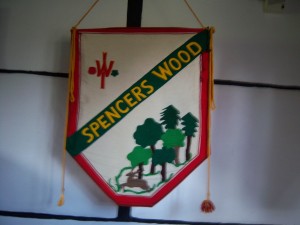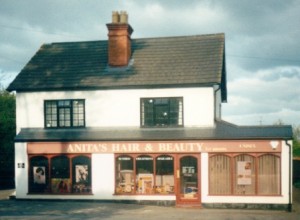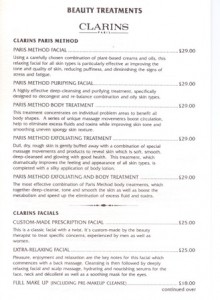Ever wondered about your street name? Who was Elizabeth Rout commemorated in the name Elizabeth Rout Close? What has Fullbrook Avenue to do with overflowing streams? The answer is very little. And Marlow Place has next to nothing to do with the town on the banks of the River Thames…
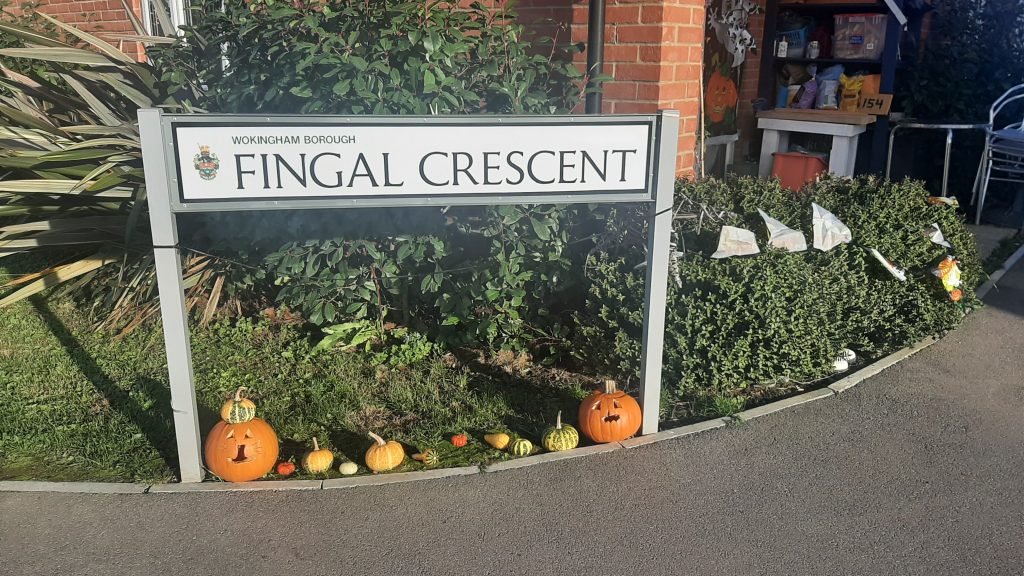
This is the first in a series of blogs in which we will explore the history behind our local road names, especially those associated with the new developments in Spencers Wood, Shinfield and Three Mile Cross. Today we are starting Appleby Walk, which you will find on your left as you walk down Fullbrook Avenue from Hyde End Road in Spencers Wood towards Ryeish Lane and the bus link to Shinfield, and Fingal Crescent, which you’ll find on your right a little further down Fullbrook Avenue just after it crosses Croft Road.
The Earl of Fingal was the major local landowner in the eighteenth century. In 1755 he had married Harriet Woolascot, the heiress of William Woolascot of Woolhampton. The Woolasots had been lords of the manor in Shinfield since 1623 when William Woolascot married an ealier heiress, Anna Martyn. On becoming lord of the manor, Fingal commissioned a survey of his new estates and the resulting map is the main source of our knowledge about the tenants who were farming his land at that time.
The Appleby family were one of his tenants and held most of the land that has recently been under development. In 1611 the land was part of Blackhouse Farm and was mentioned in Nicholas Russell’s Will of that year and was part of a Charity set up to pay 20 shillings a year (a pound for younger readers) to the poor of Shinfield village. Mrs Abbleby was named as the tenant on the Earl of Fingal’s estate map. She was descended from a Reading tailor named John Appleby, who was born in about 1620. The land was left to her relation the Revd. John Appleby on her death in 1787. The Revd’s wife Grace died in 1820 and he died in Nov 1825 in Easthorpe, Essex. Later maps show that the land was then left in the hands of trustees and remained in ‘Chancery’ until 1866 when the land was sold.

The Appleby family were one of his tenants and held most of the land that has recently been under development. In 1611 the land was part of Blackhouse Farm and was mentioned in Nicholas Russell’s Will of that year and was part of a Charity set up to pay 20 shillings a year (£1.00 for younger readers) to the poor of Shinfield village. Mrs Abbleby was named as the tenant on the Earl of Fingal’s estate map. She was descended from a Reading tailor named John Appleby, who was born in about 1620. The land was left to her relation the Revd. John Appleby
on her death in 1787. The Revd’s wife Grace died in 1820 and he died in November 1825 in Easthorpe, Essex. Later maps show that the land was then left in the hands of trustees and remained in ‘Chancery’ until 1866 when the land was sold.





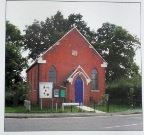






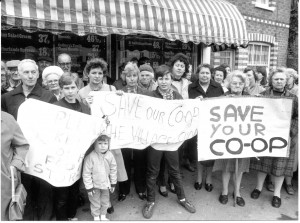 ch space for sweets. When the shop closed in the 1920s, RCS updated it making it into a modern grocery store. In the early days, the customers would have been personally served by shop assistants after having queued, until shopping was revolutionised by self service with baskets, trolleys and checkouts.
ch space for sweets. When the shop closed in the 1920s, RCS updated it making it into a modern grocery store. In the early days, the customers would have been personally served by shop assistants after having queued, until shopping was revolutionised by self service with baskets, trolleys and checkouts.
